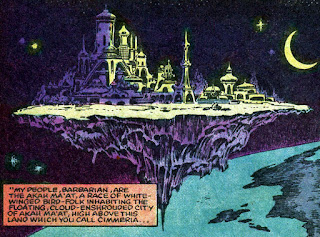Wild Wild West was conceived as "James Bond on horseback." That was a just-about perfect genre combo for the 1965, and a damn good one for today. The actual show was even cooler, particularly when it went color; it was the Old West filtered through 60s spy-fi style with Jules Verne science fiction thrown in. It's practically begging for an rpg.
The show's James Bond of the 1870s was James West, Secret Service agent, who rode around in a private train with his partner, gadgeteer and master of disguise Artemus Gordon. Bruce Lansbury, producer of the show, described it thusly (as quoted in Susan Kesler's book):
"Jim's world was one of two-faced villainy, male and female, countless 'Mickey Finns,' and needle-tipped baroque pinkie rings that put him to sleep even as he embraced their dispensers. There were inevitable trap doors, hotel walls that ground their victims to dust or revolved into lush Aubrey Beardsley settings next door, lethal chairs that tossed occupants skyward or alternatively dumped them into dank sewers that subterraneously crisscrossed countless cow towns of the period. And then there was that old Dutch sea captain, leaning in the corner of the swill-hole of a bar, who inexplicably winked at Jim as he entered … Artemus, of course, in one of his thousand disguises."Some highlights: a super-speed formula made from diamonds; an elaborate house full of traps made by a deranged puppeteer; a ground of assassins masquerading as a circus troupe; and of course, the genius dwarf, Miguelito Loveless.
(No doubt some of you remember the 1999 film of the same name. It's fine, in the way the 1998 Godzilla is fine.)
Anyway, in gaming Wild Wild West, a lot of folks would suggest Steampunk games first--but the Steampunk aesthetic is pretty much missing from the show, despite the superficial similarities in thumbnail description. Any Western rpg (or generic one) would work, I suppose--so long as it would support the Victorian super-science. The Western element is mostly cosmetic, though, Stripped of its trappings, it more resembles The Man from UNCLE at its core than say Wagon Train. I think a Western adaptation of the old James Bond game would be interesting with the spy-fi genre stuff it has built in. GUMSHOE might also be a good way to do it.



















